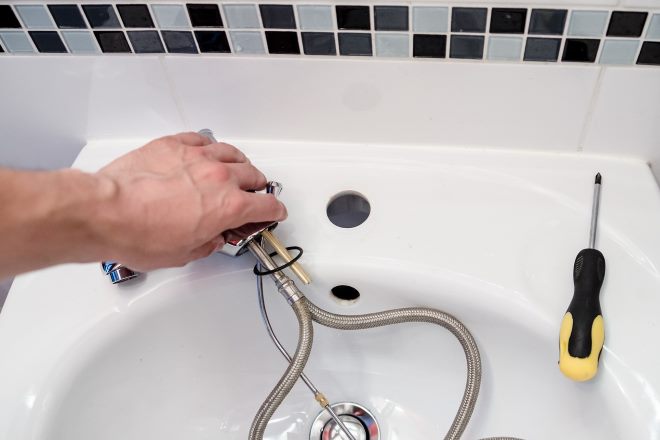Maintenance checklist to extend the lifespan of residential plumbing
Regular maintenance helps prevent unexpected failures and extends the working life of pipes, fixtures, and seals in a home. This checklist covers routine inspections, minor repairs, and practical upgrades that reduce corrosion, leaks, and blockages while supporting accessibility, sustainability, and long-term renovation plans.

Maintenance checklist to extend the lifespan of residential plumbing
Plumbing: what to inspect regularly?
Inspect visible pipes, shutoff valves, and drain connections every few months. Look for signs of corrosion, hairline leaks, mineral buildup, and dampness around joints. Test shutoff valves to ensure they operate smoothly in case of emergencies. Check water pressure at faucets and showers; sustained high pressure can shorten fixture life and stress joints. Clear slow drains using mechanical methods rather than harsh chemicals to protect pipe interiors. Seasonal checks—including insulating exposed pipes in colder months—help prevent freeze-related damage and reduce long-term maintenance needs.
Tiling and grout: how to prevent water penetration?
Well-maintained tiling and grout are the first line of defense against moisture reaching structural elements. Inspect grout lines for cracks, discoloration, or soft spots and reseal or regrout when gaps appear. Maintain proper slope toward drains to avoid standing water behind tiles. Use appropriate waterproofing membranes behind wall tiles, especially in shower areas, to protect studs and drywall. Regular cleaning with pH-neutral cleaners preserves grout integrity; avoid abrasive tools that widen joints. Promptly repairing loose tiles prevents water ingress and subsequent hidden plumbing damage.
Waterproofing and ventilation: how do they interact?
Effective waterproofing prevents liquid ingress while ventilation controls humidity that can degrade materials and encourage mold. Ensure exhaust fans are appropriately sized for the bathroom and vented outdoors, not into attics or crawlspaces. Monitor humidity levels after showers; persistent dampness suggests inadequate ventilation or a failed waterproofing layer. Inspect seals around tubs, showers, and windows annually and replace caulking when brittle. Combining robust waterproof membranes, correct floor gradients, and reliable ventilation extends the lifespan of adjacent plumbing and structural components.
Fixtures and lighting: what affects durability?
Choice and maintenance of fixtures influence long-term performance. Inspect faucets, showerheads, and valve cartridges for mineral buildup; descaling prolongs their service life. Replace worn washers and O-rings before they leak. Proper lighting reduces moisture-related wear in certain fittings—use fixtures rated for damp locations near showers. Consider accessible fixtures with user-friendly controls to reduce accidental stress on valves and mountings. Securely mounting storage and grab bars prevents undue pulls on plumbing behind walls during use or renovations.
Sustainability and storage: how to plan for efficiency?
Sustainable upgrades can lower strain on plumbing and reduce maintenance demands. Low-flow faucets and dual-flush toilets reduce water volume, decreasing wear from mineral deposits and lowering overall system stress. Choose durable materials that resist corrosion and are easy to service. Organize storage to avoid overloading walls and shelves that conceal plumbing runs; accessible layouts simplify routine checks. Plan storage so items do not block vents or trap moisture. Regularly clean aerators and screens to maintain efficiency and detect early signs of sediment or corrosion.
Renovation and long-term maintenance planning
During renovation, map plumbing runs, label shutoffs, and select materials that balance cost and longevity. Upgrade to PEX or copper where appropriate, and ensure waterproofing and ventilation are integrated into the design. Maintain accessibility to key components—install access panels for concealed valves and cleanouts. Schedule professional inspections periodically, especially after major work, to test pressure dynamics and detect hidden leaks. Keep records of repairs and parts replaced to inform future maintenance and to budget for timely interventions that prevent larger failures.
In summary, a proactive maintenance checklist—covering regular inspections of plumbing, careful upkeep of tiling and grout, reliable waterproofing and ventilation, conscientious fixture care, sustainable choices, and thoughtful renovation planning—helps extend system life and reduce repair frequency. Consistent, preventive actions preserve function and limit the scope of future interventions.





